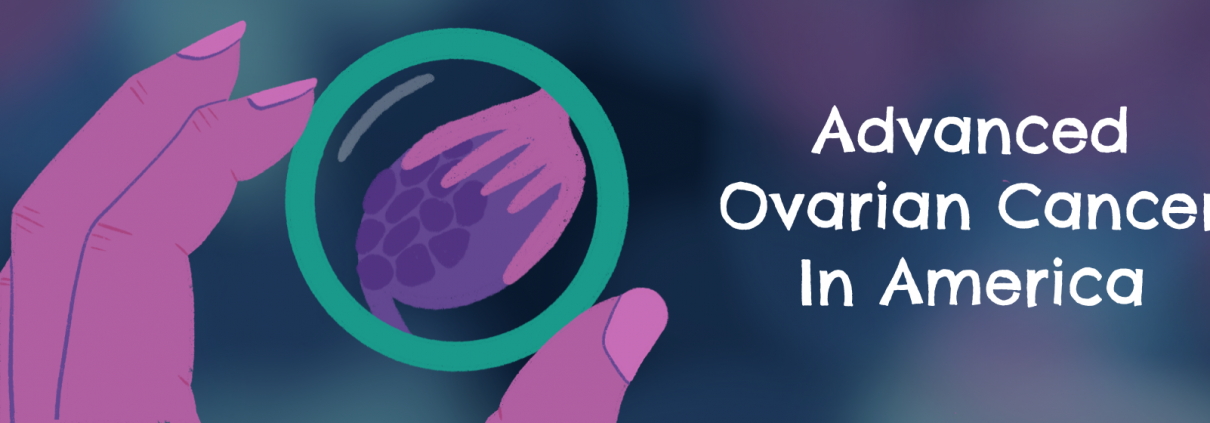Supporting Misunderstood Communities
The endometriosis community provides another opportunity for healthcare marketers to better understand – and provide solutions for – a condition that is often misunderstood, despite estimates that roughly 6.5 million people within the United States are living with the condition. For many, the diagnosis process isn’t easy. Health Union’s syndicated survey, Endometriosis In America 2021, explored the topic. For 36% of the 1,027 respondents, the time between the initial visit to their healthcare professional to receiving their diagnosis was over five years. Consequently, delayed diagnosis can cost people living with endometriosis over thirty thousand dollars.
Symptoms are commonly dismissed, ignored, or misdiagnosed as other conditions, including irritable bowel syndrome. Research has found that HCPs occasionally dismiss physical pain. Studies have also tied a lack of endometriosis funding and research to diminished outcomes. A study found that only 11 percent of doctors surveyed recognized that endometriosis impacts 1 in 10 women.
One of Health Union’s Endometriosis.net advocates, Jessie Madrigal, shared that she lived with deep infiltrative endometriosis (DIE) for 15 years before receiving her endometriosis diagnosis. She lived with extremely painful periods, deep tissue pain that led to a limp, premenstrual dysmorphic disorder, nausea, and severe chronic fatigue.
Additionally, she has to cope with the fact that DIE doesn’t always respond to medical therapy. Respondents of Endometriosis In America 2020 that are diagnosed with DIE are more likely than those without DIE to have tried at least seven different hormone therapies or birth control methods. Despite trying so many different hormone therapies, DIE respondents were more likely to say they have trouble tolerating hormone therapy. Coincidentally, more than eight in 10 respondents said they wish there were treatments for endometriosis other than hormone therapies.
Considering the Condition Outlook
Another care disparity is evident in people living with cystic fibrosis. Men and women respectively account for roughly 50 percent of all cases. However, research has shown that men with CF tend to live longer when compared to women, even when controlling for other demographic factors. One Cystic-Fibrosis.com patient advocate explores some of the factors that contribute to the “CF gender gap,” including sex hormones and lower nutritional status. Specifically, women living with CF tend to experience more acute exacerbations per year than males, have more CF-related diabetes, and experience delayed puberty and irregular periods.
Each health community, like Cystic-Fibrosis.com, has unique interests. Cystic Fibrosis In America 2020 respondents – 60% of whom were female – emphasized interest in the latest CF research, new treatments or medications, stories from people living with CF, and healthy habits for people with CF. Understanding both community and women’s interests is essential to creating meaningful conversations and content.
Listening & Understanding What Women Are Interested In
Across Health Union communities, women living with chronic conditions can share their lived experiences and informational insights into the nuances of different conditions. Even in communities that are evenly distributed across sex, it’s clear that women have unique health challenges, and considering each patient’s unique needs is vital.
In addition to understanding the nuanced experiences of women living with chronic health conditions, it’s also important to simply listen to them when they explain what kind of information they need. Health Union’s In America survey findings provide invaluable data here.
For example, Endometriosis in America 2021 respondents were interested in content and resources that explore various topics. Nearly three-fourths indicated an interest in symptom management; other popular topics included endometriosis nutrition, how endometriosis impacts mental health, and surgical options. It’s also important to know the types of resources women prefer. The top resources Endometriosis in America 2021 respondents indicated were endometriosis-specific websites (81%), internet search (73%), HCPs (68%), and online support groups (53%).
Evaluating findings from within communities with heavy male and female populations – and comparing their preferences – can also be helpful. For example, female Heart Failure In America 2021 respondents were more likely than male respondents to say they were interested in content and resources focused on a variety of topics. These topics included coping with heart failure, symptoms, heart failure-related nutrition, basic heart failure information, emotional and mental health, and stories of other people with heart failure.
Likewise, female Myasthenia Gravis In America 2021 respondents were more likely than their male counterparts to be interested in content or resources on coping with flares, other patients’ experiences with treatments, managing depression and anxiety, real-life stories, pain management, and emotional support.
Community Insights Add Value
Considering both the lived experience of women and individual patient communities has the potential to add value to marketing outreach endeavors. Engagement on Health Union’s growing portfolio of online health communities combined with large-scale, patient-reported data from its syndicated In America surveys can offer unique insight and understanding into nuances of the patient journey experienced by different groups of patients. Learn more about Health Union’s custom media, marketing research, and clinical services that can help you create smarter, more effective solutions for patients and caregivers.




